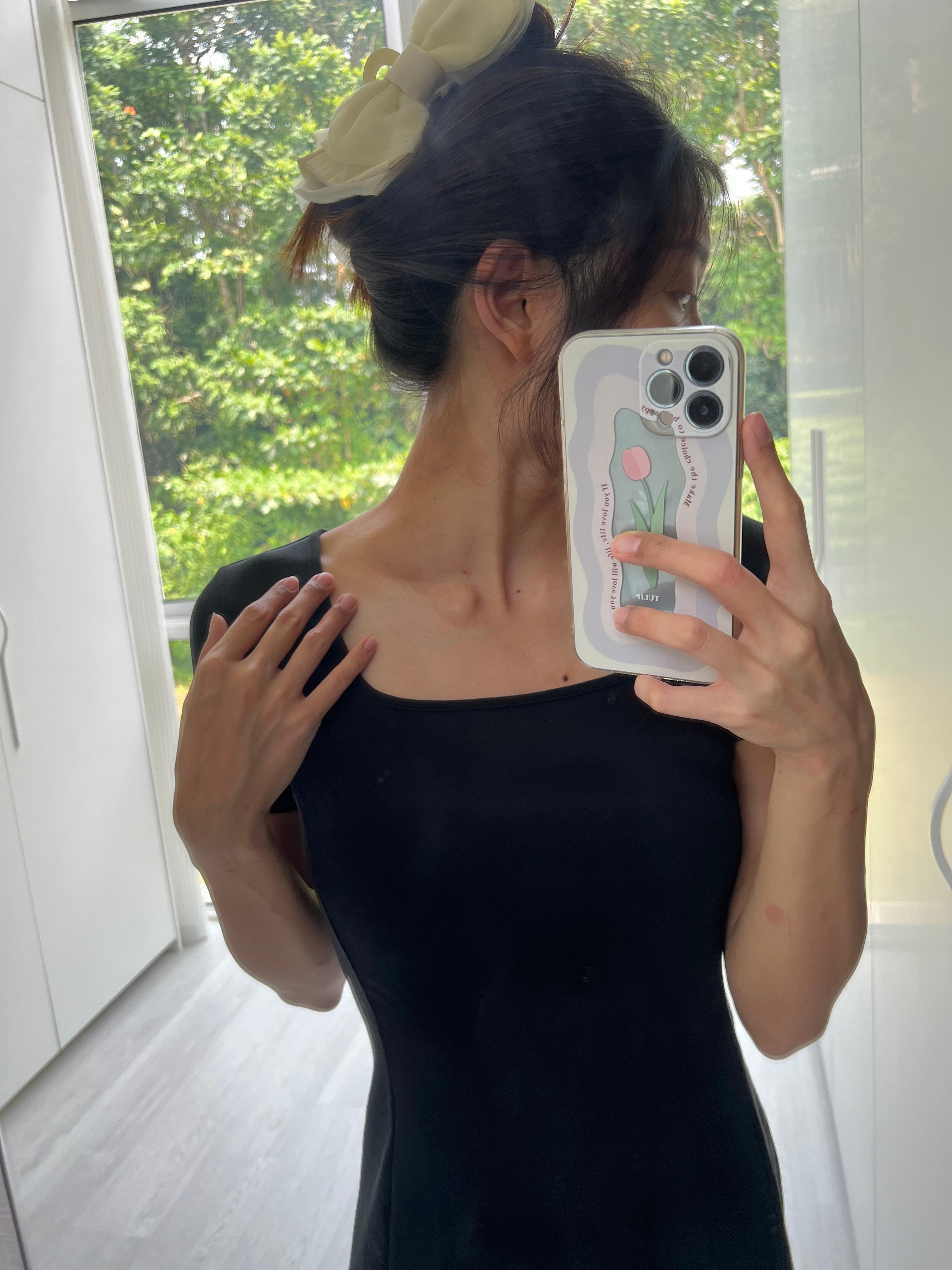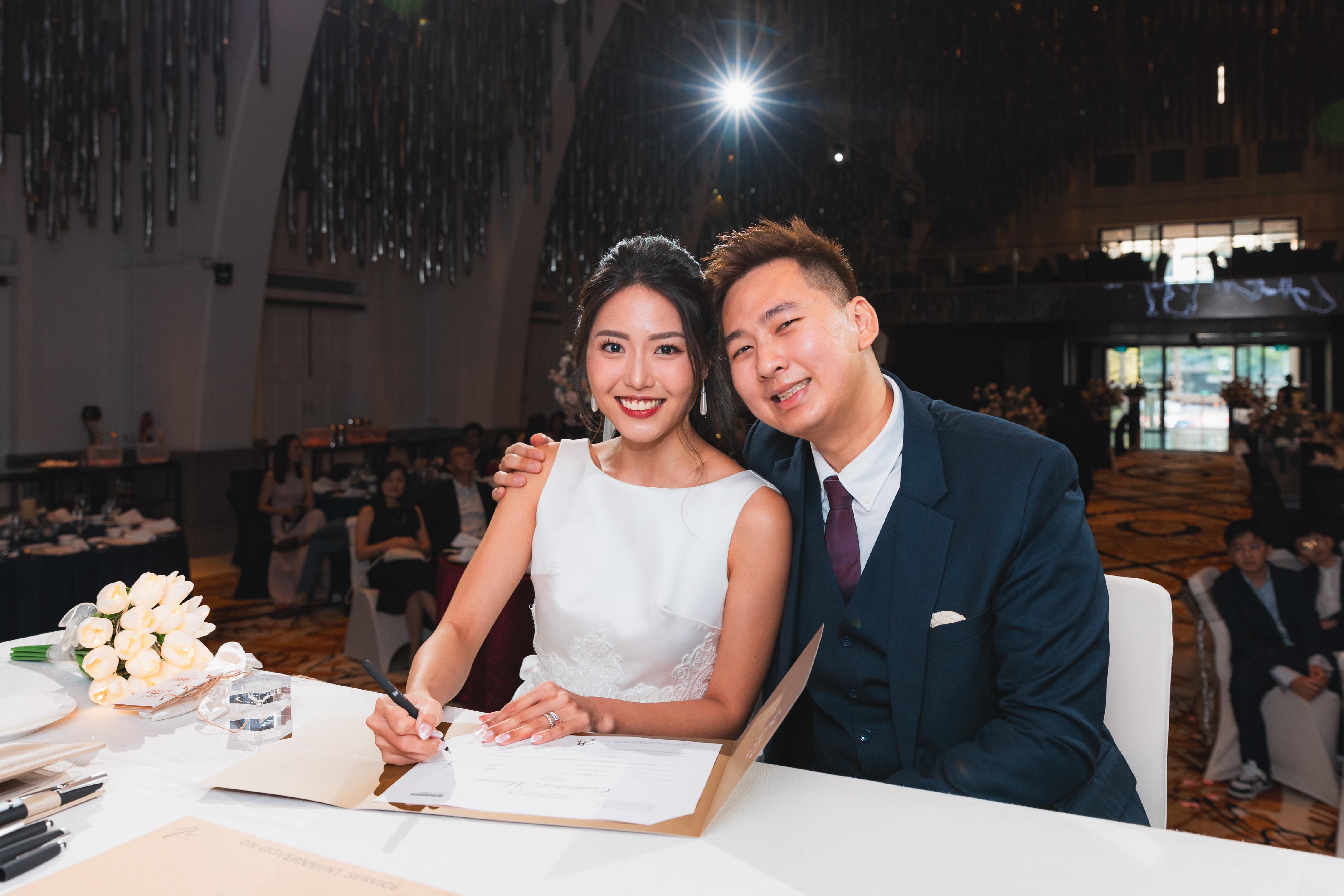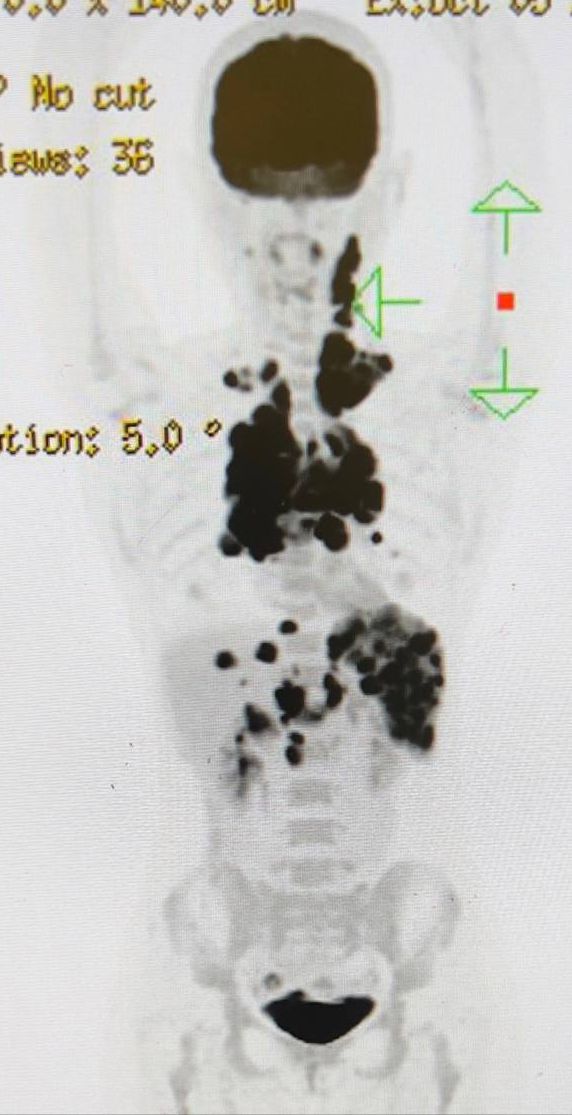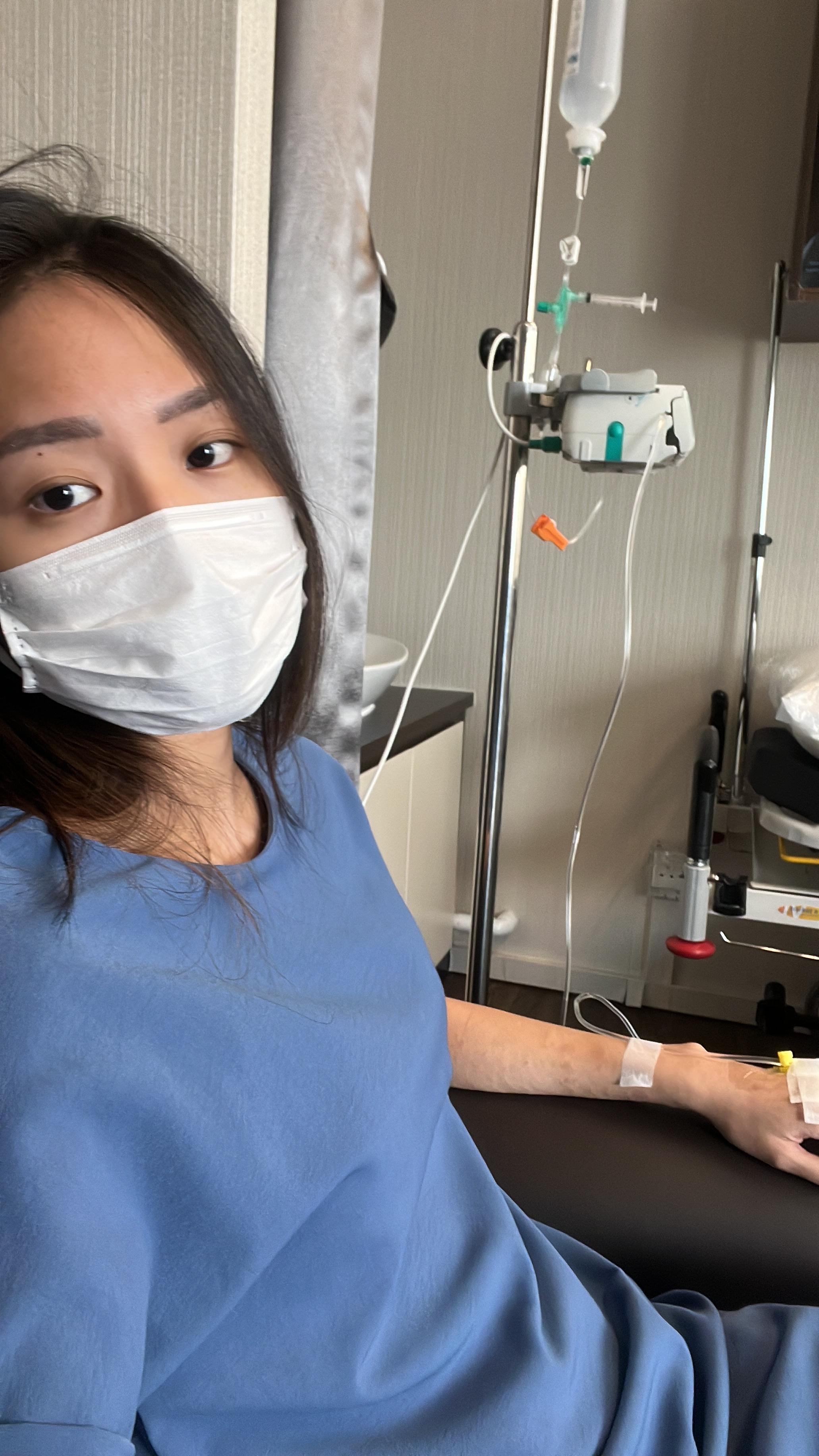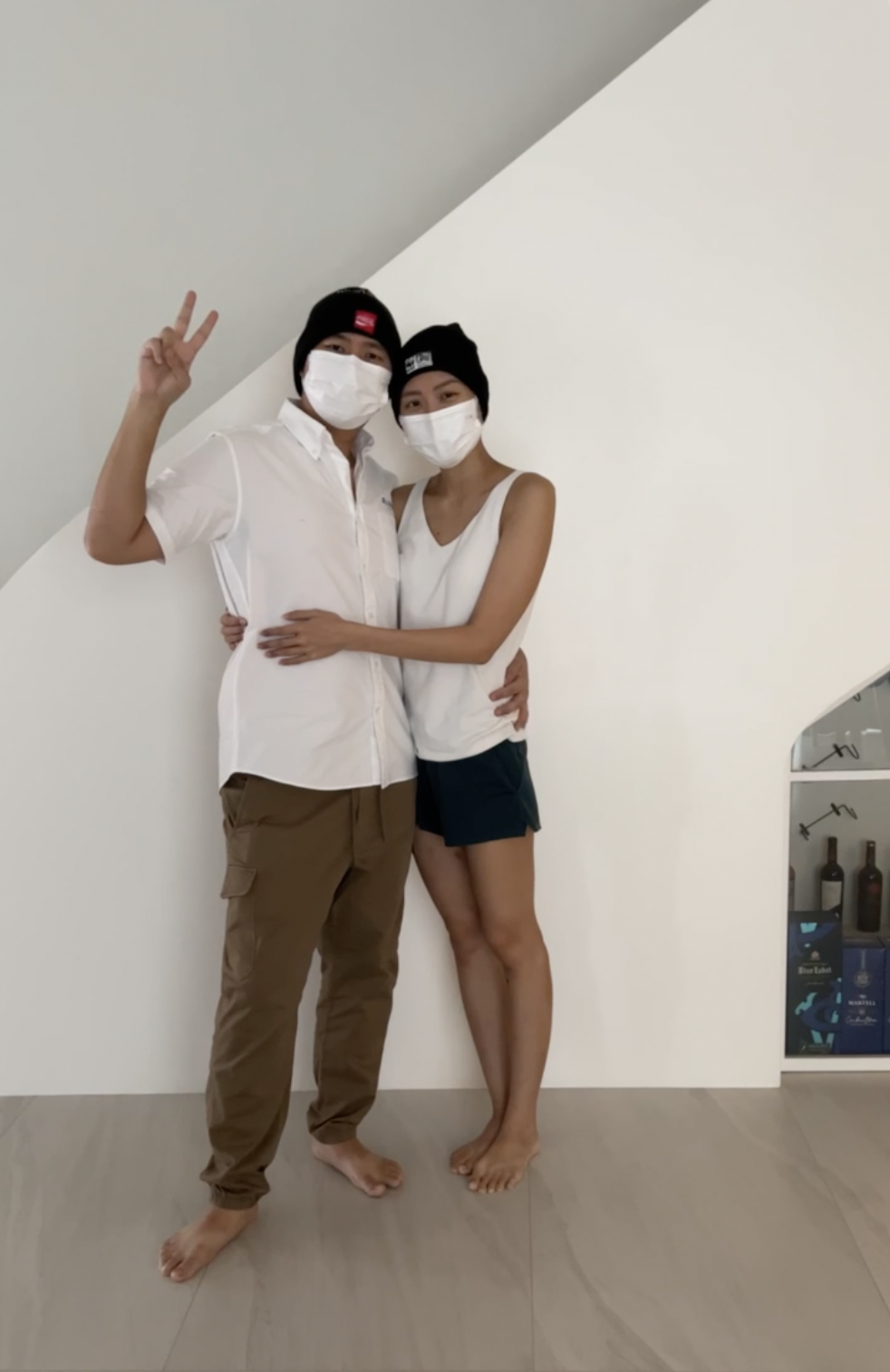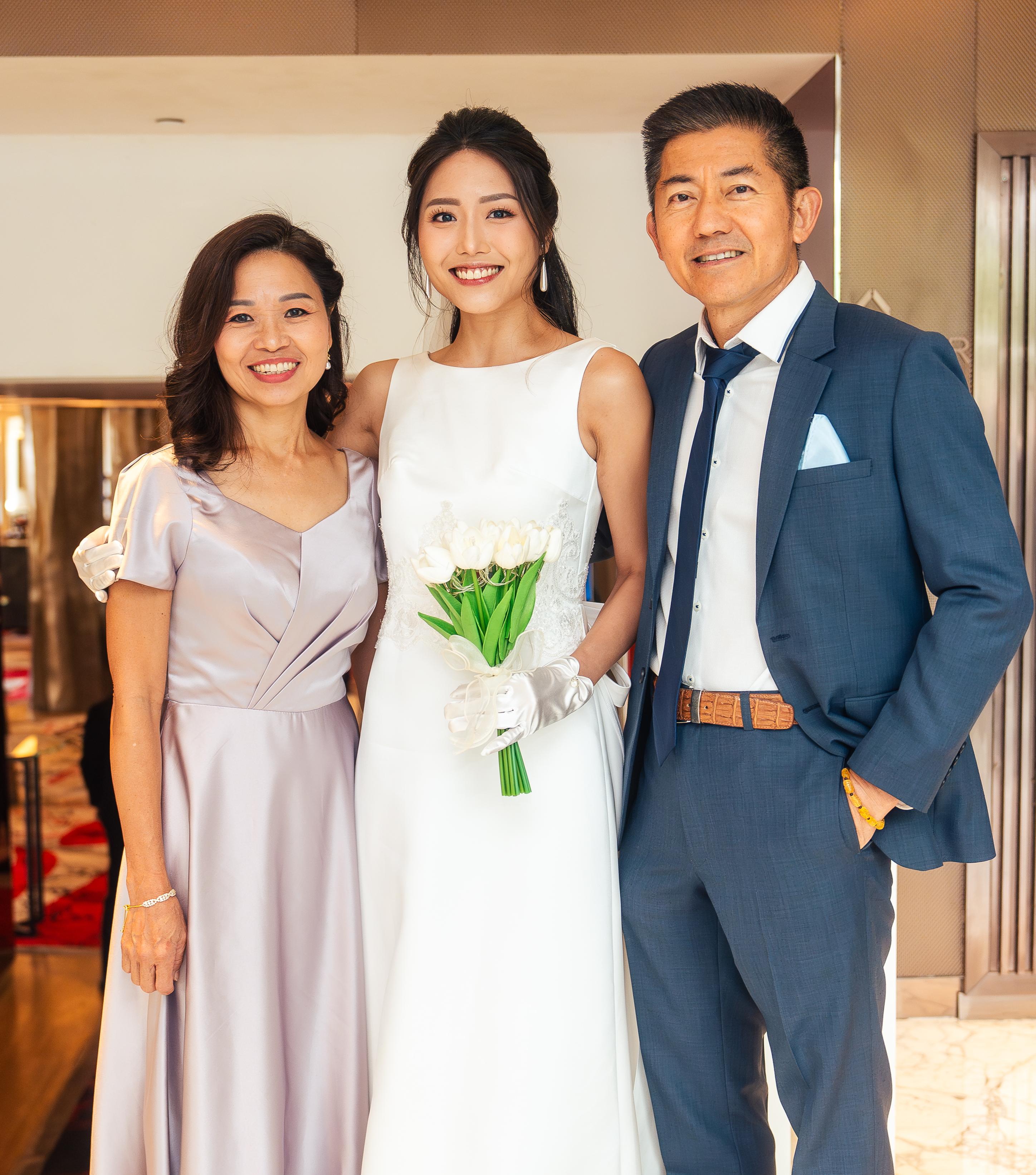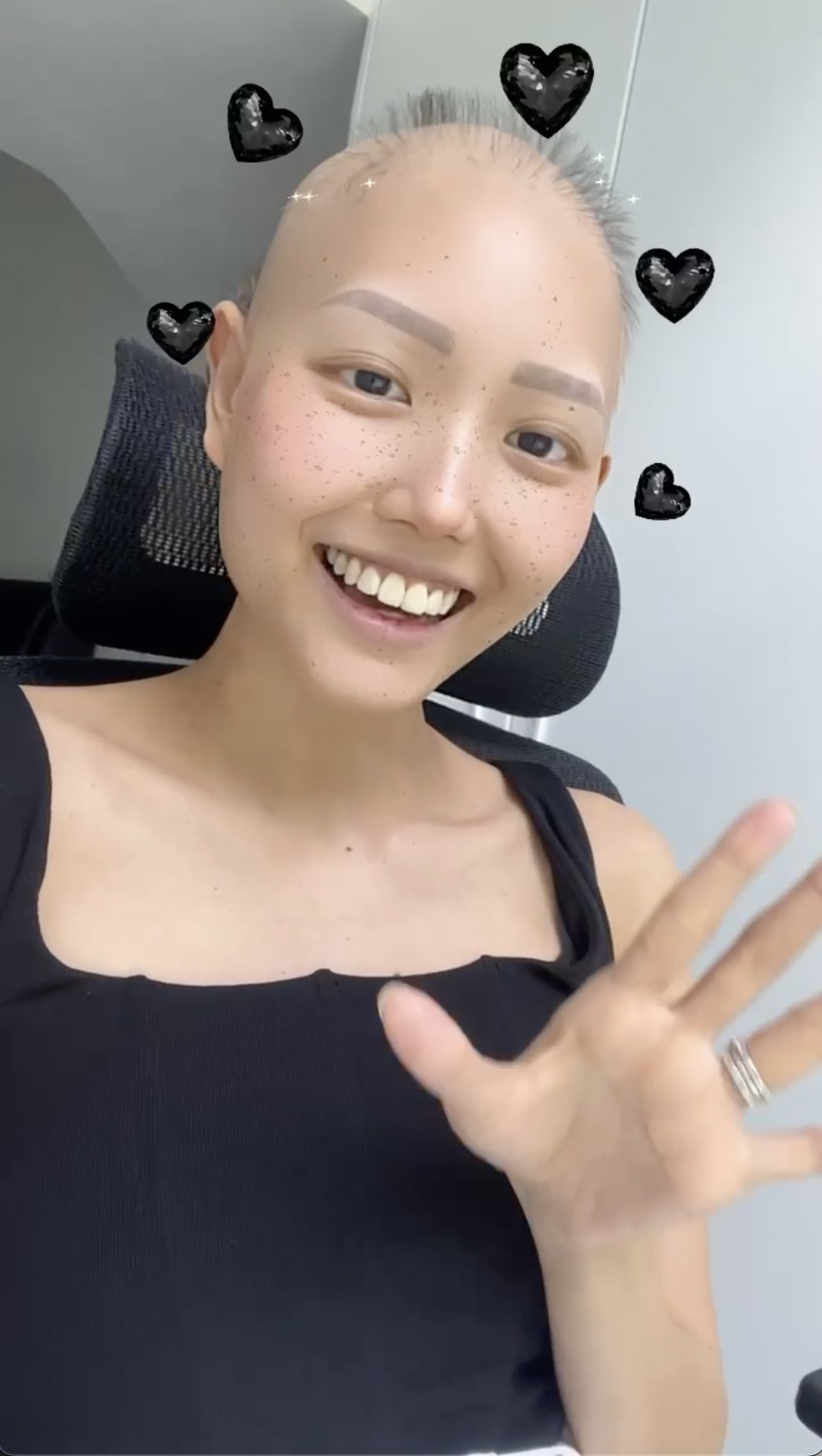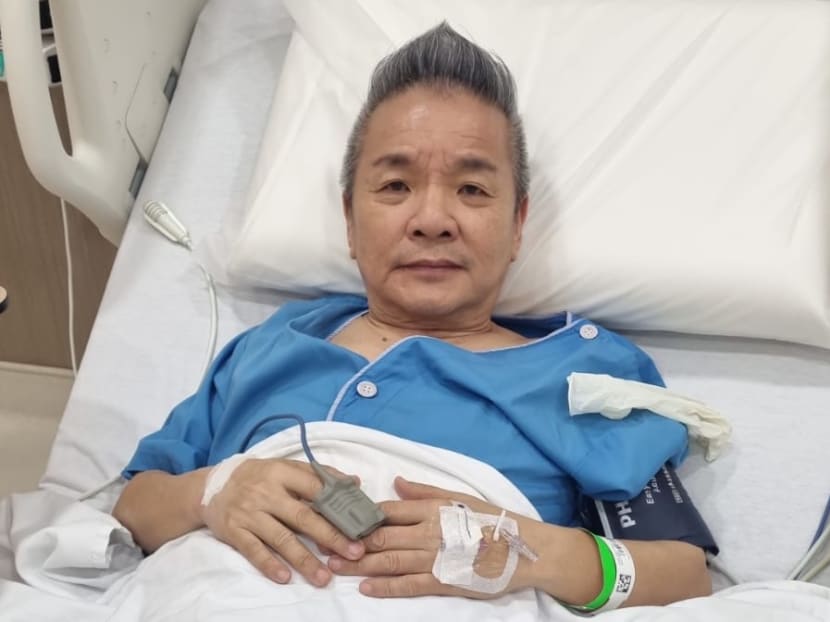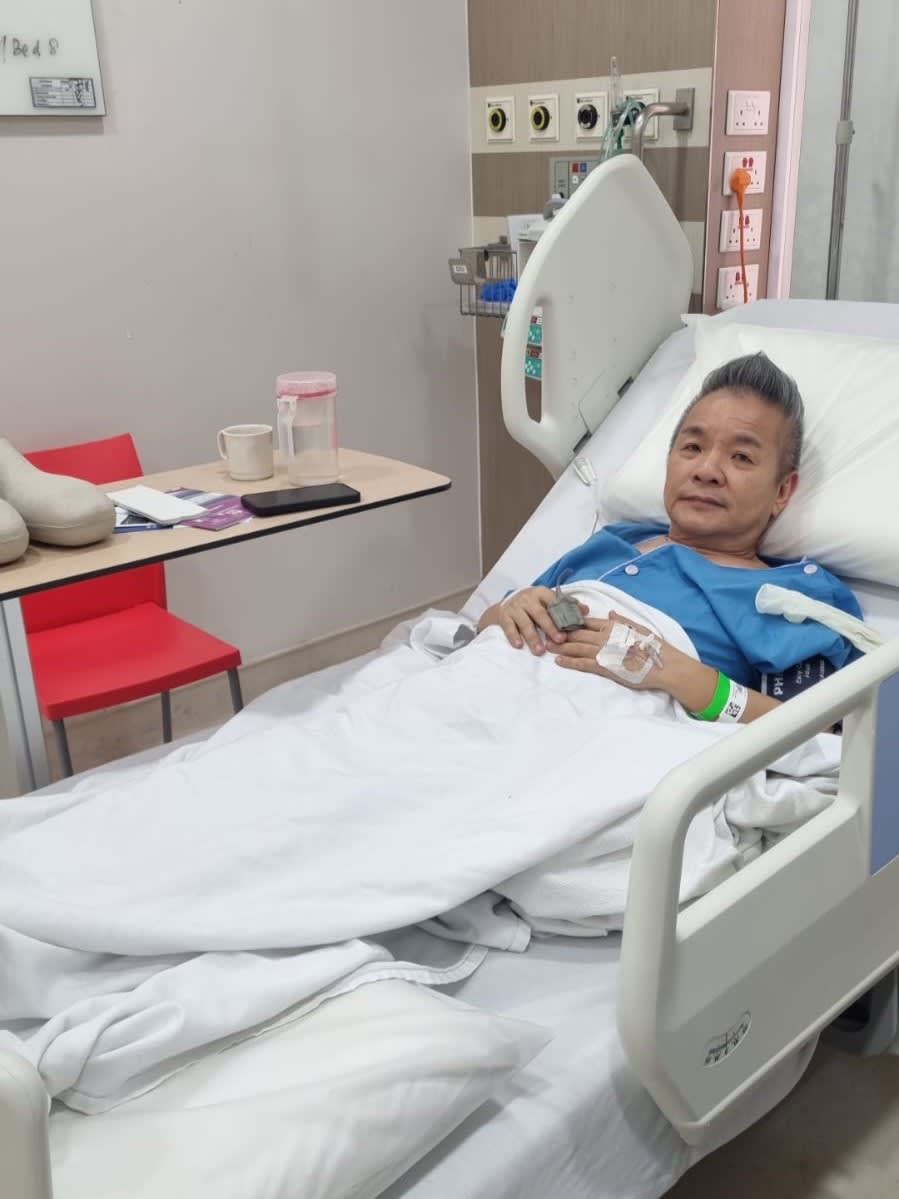A&E doctor hit by cardiac arrest during tennis, saved by colleagues on the court
https://www.straitstimes.com/singap...gn=stfb&utm_medium=social&utm_source=facebook
SINGAPORE – An accident and emergency (A&E) doctor who saves lives at work found himself in need of saving when he collapsed from cardiac arrest during a tennis game.
Fortunately, Dr Christopher Wong, 56, a senior consultant at Woodlands Health, was playing with three A&E physician colleagues who dropped their rackets to save him.
They were Dr Sohil Pothiawala, 47, and Adjunct Associate Professor Amila Punyadasa, 52, both senior consultants at Woodlands Health, and Adjunct Associate Professor Kenneth Heng, 54, a senior consultant at Tan Tock Seng Hospital (TTSH).
The four doctors, friends for more than 20 years, have been playing tennis almost weekly since 2020.
The incident happened on May 19 at Prof Heng’s condominium in Bukit Timah.
It was his day off, while the three doctors from Woodlands Health were scheduled for the evening and night shifts.
The game started at 7am.

Catch up on the news that everyone’s talking about
Sign up
By signing up, I accept SPH Media's Terms & Conditions and Privacy Policy as amended from time to time.
Yes, I would also like to receive SPH Media Group's
SPH Media Limited, its related corporations and affiliates as well as their agents and authorised service providers.
marketing and promotions.
After 45 minutes, Dr Wong, who is married with two daughters aged 26 and 24, felt light-headed but thought it was from the heat.
At 8.30am, however, he felt dizzy again and told his friends: “I can’t go on.”
They offered him an electrolyte drink. After downing it, he collapsed.
Dr Sohil said: “I didn’t feel a pulse, and I couldn’t believe it... (It’s) so sudden, with a friend on the court.”
Prof Amila and Dr Sohil immediately applied cardiopulmonary resuscitation (CPR) on Dr Wong, taking turns every two minutes.
Calling Dr Wong his mentor, Prof Amila said: “I’ve known this guy, and he has been very kind to me... I was thinking, oh no, it can’t go down like this.”
Meanwhile, Prof Heng called for an ambulance, and ran around looking for an automated external defibrillator (AED).
But he could not find any in his condominium, and sprinted to the one nearby to borrow an AED.
By the time Prof Heng returned, Dr Wong had been unresponsive for about 15 minutes.
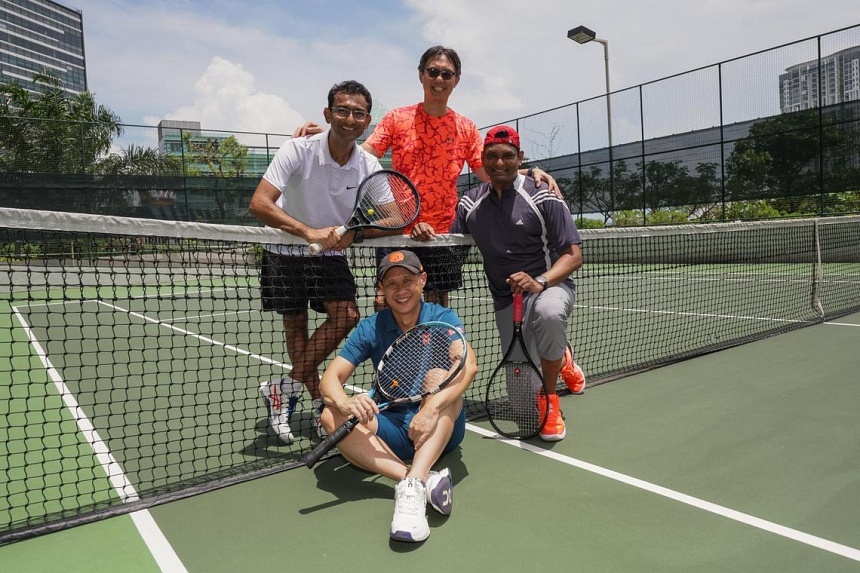
Dr Christopher Wong (in orange) was saved by his colleagues (from left) Dr Sohil Pothiawala, Adjunct Associate Professor Kenneth Heng of Tan Tock Seng Hospital and Associate Professor Amila Punyadasa. ST PHOTO: GIN TAY
Prof Amila said: “He was pale as a sheet. At that point, I thought this is not going to have a happy ending.”
But the three friends were not ready to give up and continued trying to save him.
After they used the AED, Singapore Civil Defence Force (SCDF) paramedics arrived and continued administering shocks to Dr Wong.
He regained awareness a few minutes later, and thought he had fainted.
Dr Wong said: “I was in a dream state where I was asking myself if I had had a nap. I would suddenly see people pressing my chest and saying, ‘Are you okay, mate?’”
He was rushed to TTSH as Prof Heng called his colleagues to prepare for his arrival.
Dr Wong was given an angioplasty – a procedure to stretch a blocked artery for blood to flow – and was discharged after two days.
Prof Amila, Dr Sohil and Prof Heng each got an SCDF Community Lifesaver Award in July for their heroic efforts.
They hope more members of the public can step up when others need them. Prof Heng said: “The same outcomes could have been achieved. (It’s) not just because we’re doctors.”
According to the Singapore Heart Foundation website, more than 3,000 people have sudden cardiac arrests annually. If a bystander performs CPR and uses an AED, it can increase a victim’s survival rate by up to 50 per cent.
An SCDF spokesman told The Straits Times that as at September, there are about 11,300 publicly accessible AEDs registered in Singapore.

The four doctors, friends for over 20 years, have been playing tennis almost weekly since 2020. ST PHOTO: GIN TAY
They can be found at the lift lobby of every two HDB blocks islandwide, and also in public places such as train stations and bus interchanges, added the spokesman.
Currently, there are 152 condominiums included in the registry. It is not mandatory for private properties to install an AED.
After the incident, Prof Heng connected his condominium’s management to SCDF, which installed a publicly accessible AED on the premises. The doctor also rallied about 40 residents to learn CPR together.
The SCDF spokesman encouraged members of the public to sign up as community first responders via the SCDF myResponder app, which alerts them to nearby minor fires or suspected cases of cardiac arrest.
They can also use the app to locate the nearest publicly available AEDs.
The spokesman also encouraged the management of private residential premises to install and maintain their own AEDs for the safety of their residents.
He added: “Managers of private buildings are also welcome to register their AEDs on the national AED registry and make it publicly accessible for use during cardiac arrest emergencies.”
If the management corporation strata title is unable to install and maintain its own AED, it may submit a request to SCDF for one to be installed within a publicly accessible area on its premises. It can contact SCDF at [email protected]
Dr Wong said: “Life is so fragile. I could easily have been jogging alone (when it happened). So, I was at the right place, at the right time.”
Besides a couple of broken ribs from the CPR, Dr Wong was otherwise fine.
Prof Heng said Dr Wong should forgive them for breaking his ribs.
Dr Wong said: “Ribs can heal. I’d rather have this pain than be painless forever.”
Doctor on way to work saves man who suffered heart attack at Yishun MRT station and had no pulse
After cardiac arrest, Jurong Pioneer JC basketballer bounces back for A levels
Last edited:



